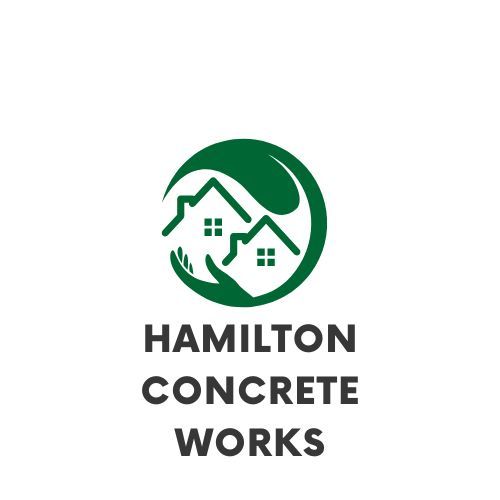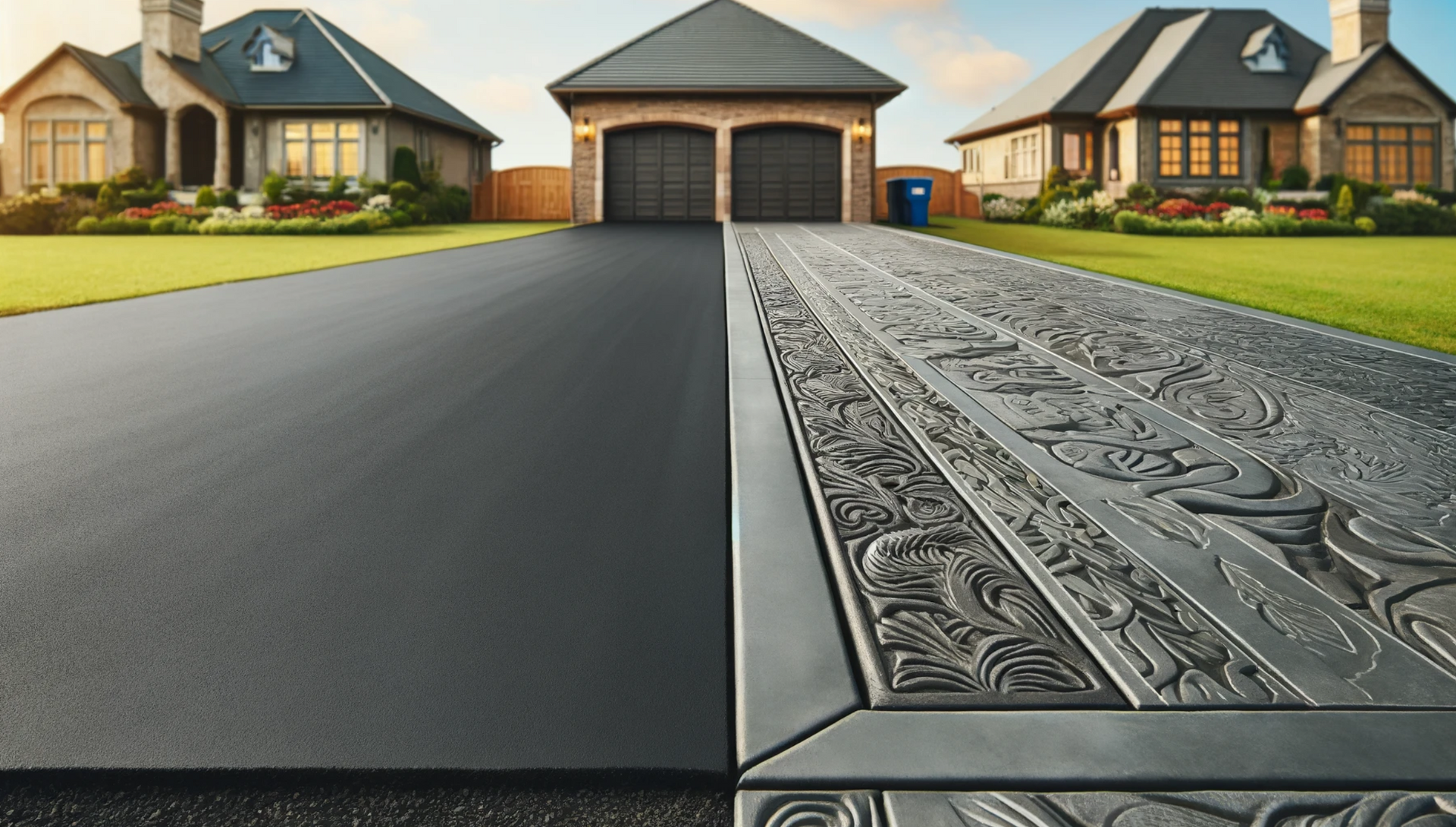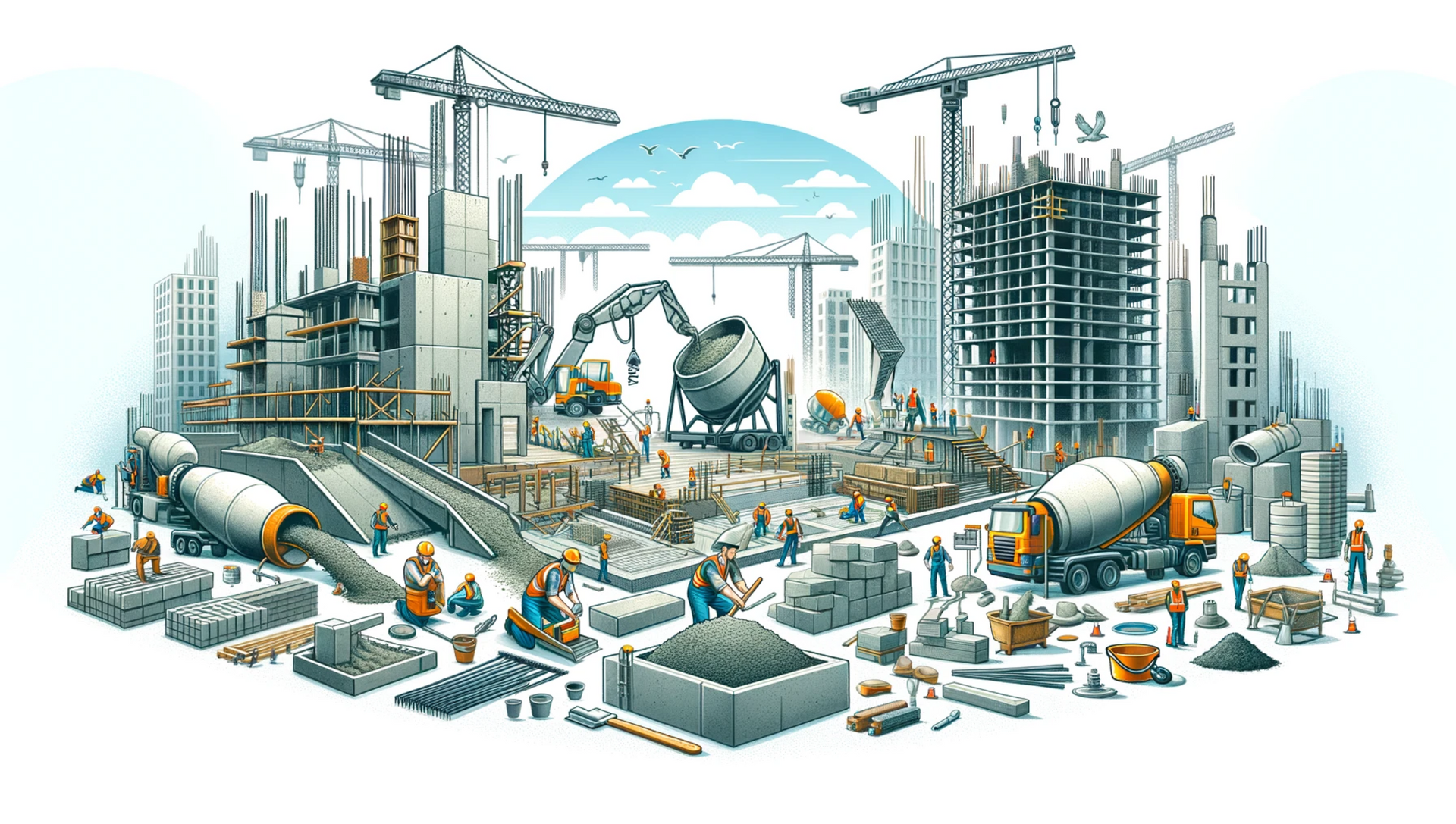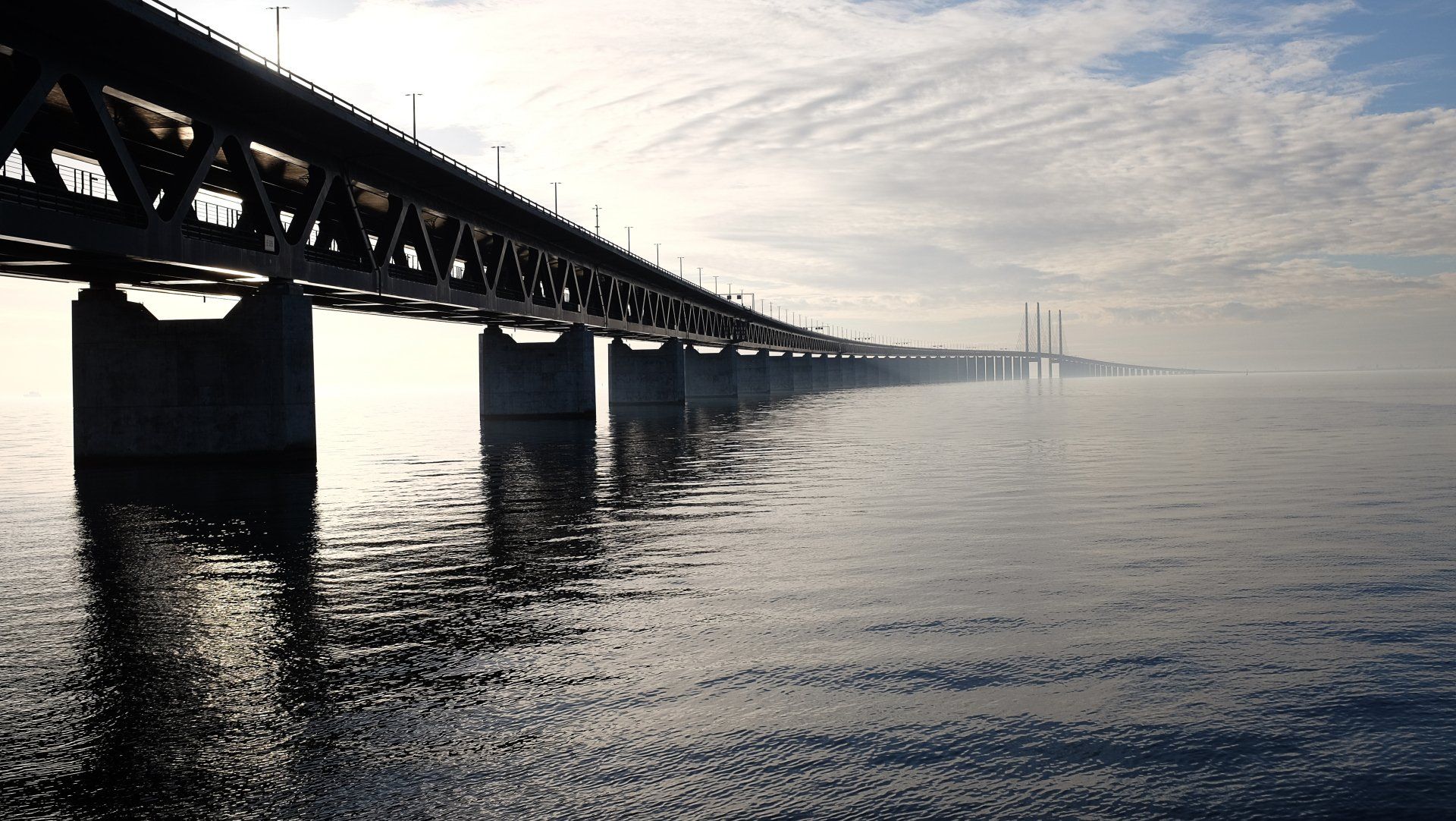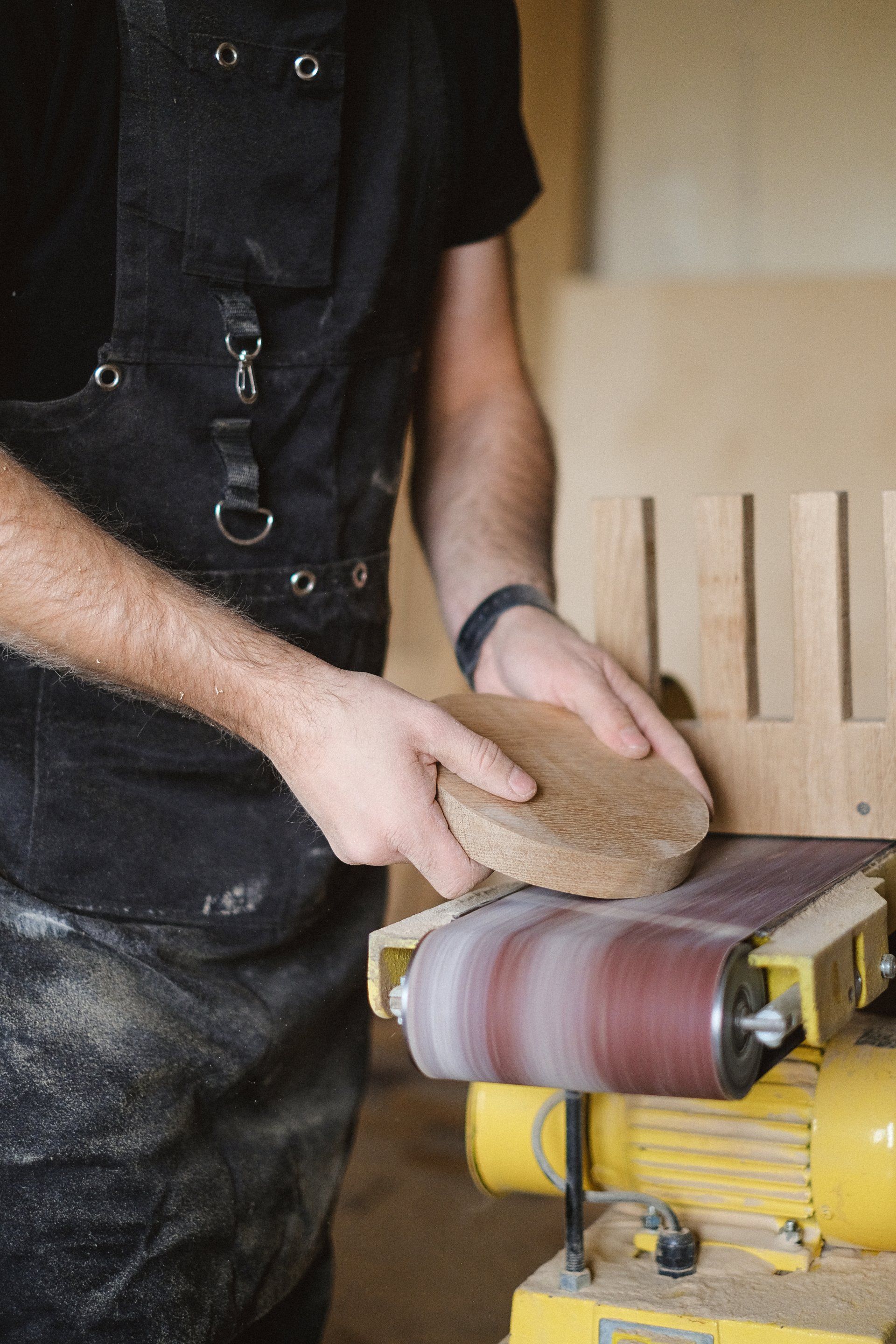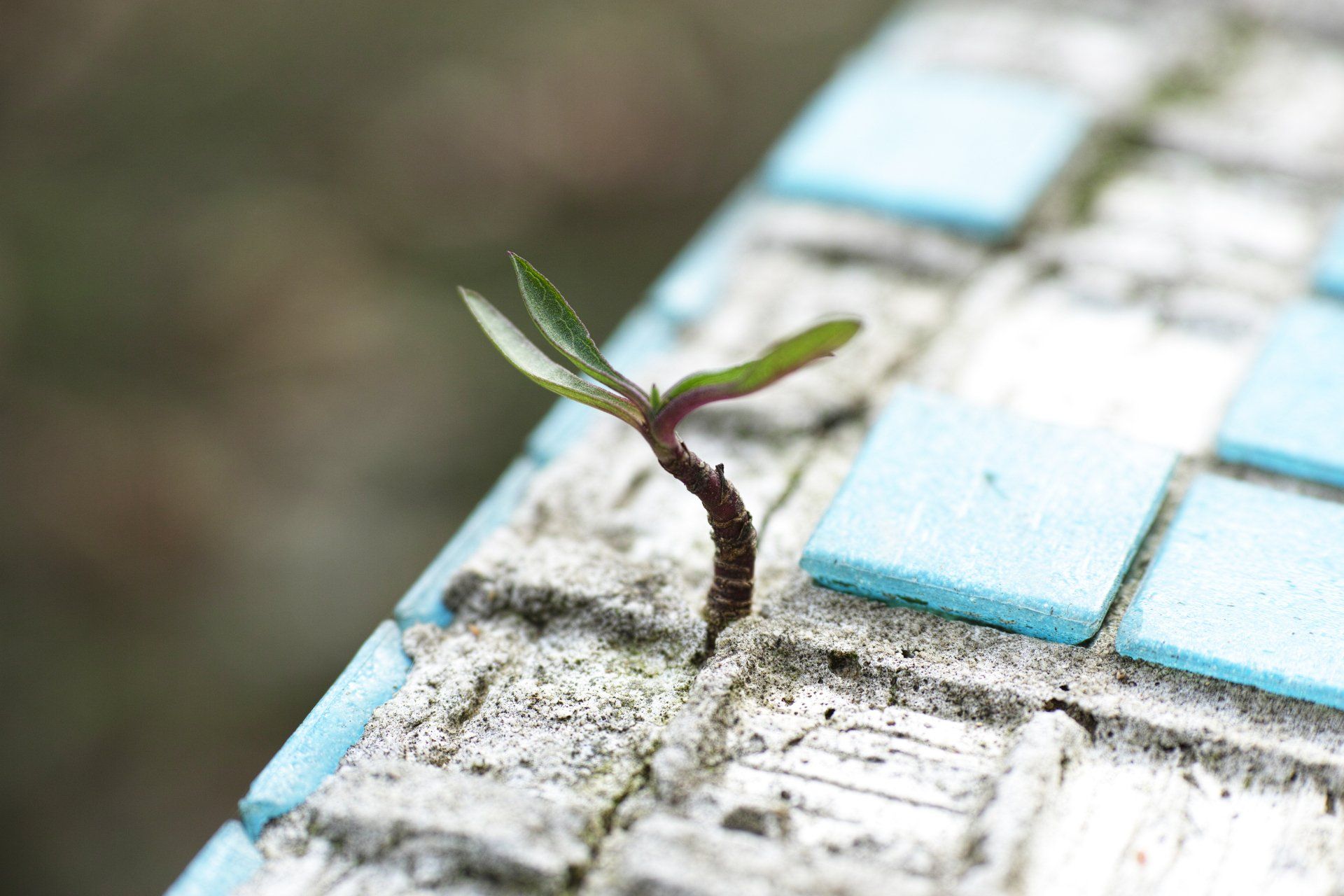Precast Concrete: A Modern Solution for Building Excellence
Precast concrete is revolutionizing the construction industry. It's not just a trend; it's a practical and efficient way to build structures that stand the test of time. But what exactly is precast concrete, and why is it becoming a preferred choice for both residential and commercial projects? Let's dive in.
What is Precast Concrete?
Precast concrete refers to concrete elements that are cast and cured in a controlled environment before being transported to the construction site. Unlike traditional concrete that's poured and set on-site, precast concrete is manufactured in a factory, ensuring quality and consistency.
Here's a quick comparison between precast and traditional concrete:
| Aspect | Precast Concrete | Traditional Concrete |
|---|---|---|
| Quality Control | High (Factory Controlled) | Varies (Site Specific) |
| Installation Time | Faster | Slower |
| Weather Dependency | Minimal | High |
| Customization | Flexible | Limited |
The Benefits of Precast Concrete
Precast concrete stands out as a quality-controlled material that ensures durability and resilience throughout the manufacturing process. Its elements can be quickly assembled on-site, a feature that's particularly beneficial for projects with tight deadlines, reducing construction time. With a wide range of design options, including various colors, textures, shapes, and sizes, precast concrete allows for creative and unique architectural expressions. The controlled environment in which the concrete elements are produced minimizes waste and makes recycling more manageable, contributing to more sustainable construction practices. While the initial cost of precast concrete may be higher, the long-term benefits such as enhanced durability, reduced maintenance, and faster construction often make it a more economical choice.
How Precast Concrete is Made
Precast concrete is a marvel of modern construction, but how exactly is it made? The process involves several key steps, each contributing to the final product's quality and durability. Here's a step-by-step guide to understanding how precast concrete is manufactured.
Design and Planning
The journey of precast concrete begins with meticulous design and planning. Engineers and architects collaborate to create detailed blueprints, considering factors like size, shape, texture, and functionality.
Creating the Mold
Creating the mold for a precast element is a meticulous process that begins with the selection of materials such as steel or fiberglass, chosen specifically for their ability to hold shape and withstand pressure. The mold, also known as a form, is then shaped to match the exact dimensions and design specifications of the precast element. Finally, the inner surface of the mold is treated with special care to ensure a smooth release of the concrete once it's set. This process is essential in crafting features like precast concrete foundations, where precision and quality are paramount.
Mixing the Concrete
The creation of precast concrete begins with the careful selection of ingredients, including cement, aggregates (such as sand and gravel), water, and sometimes specific admixtures to enhance properties like strength or fluidity. These ingredients are then combined in precise proportions in a concrete mixer, ensuring a uniform mixture. This meticulous process is vital for crafting durable and resilient structures.
Pouring into the Mold
The next stage in crafting precast concrete involves placing reinforcements, such as steel bars, within the mold if required, to enhance the concrete's tensile strength. This step ensures that the final product can withstand various pressures and stresses. Following the placement of reinforcements, the mixed concrete is carefully poured into the mold, ensuring it fills all corners and voids.
Curing
Once the mold is filled, it's placed in a controlled environment where both temperature and humidity are regulated to ensure optimal curing of the concrete. This controlled setting is crucial for the concrete to develop the desired properties and characteristics. The concrete is then allowed to cure for a specific period, usually spanning several days, to reach the desired strength and resilience. The combination of a controlled environment and precise timing ensures that the final product meets the highest standards.
Demolding
After the concrete curing process, the precast element undergoes a thorough inspection to ensure quality and adherence to specifications. This step is vital in confirming that the concrete has met all the desired standards and requirements. Following a successful inspection, the precast concrete is carefully removed from the mold, a process executed with precision to preserve its shape and integrity.
Finishing Touches
The finishing touches to the precast element often include surface treatments such as polishing, painting, or applying a protective coating to enhance its appearance and durability. These treatments add a refined look and can be tailored to match specific aesthetic preferences or functional requirements. Additionally, custom features like concrete stamps or decorative elements can be added to create a unique and personalized touch.
Applications of Precast Concrete
Precast concrete is not limited to a specific sector; it's versatile and can be used in various applications. Let's explore some of the key areas where precast concrete shines.
Commercial Construction
In the commercial sector, precast concrete is often used for building office complexes, shopping malls, and industrial facilities. Its ability to be molded into various shapes and sizes makes it an ideal choice for creating unique and aesthetically pleasing facades. For instance, foundation installation and repair services often utilize precast concrete for its strength and stability.
Infrastructure Development
From bridges to tunnels, precast concrete plays a vital role in infrastructure development. Its durability and resistance to wear and tear make it suitable for heavy traffic areas. Precast concrete is also used in the construction of railway platforms, retaining walls, and even airport runways.
Residential Buildings
Whether it's a single-family home or a multi-story apartment complex, precast concrete offers solutions for residential construction.
Landscape and Hardscape Services
Precast concrete is also a popular choice for landscape and hardscape services. It can be used for wet and dry flagstone installation and natural stone slab installation and repair, providing a cohesive and elegant outdoor space.
Challenges and Considerations
While precast concrete offers numerous benefits, it's essential to recognize some challenges and considerations:
- Transportation: Precast elements can be heavy and require special transportation. Planning and logistics are crucial to ensure timely delivery.
- Installation Expertise: Proper installation of precast elements requires skilled labor. Mistakes during installation can lead to structural issues.
- Initial Cost: The upfront cost of precast concrete can be higher compared to traditional concrete. However, the long-term savings often offset this initial investment.
Innovations in Precast Concrete
The world of precast concrete is not stagnant; it's continually evolving with new technologies and innovations. Some of the latest trends include:
- 3D Printing: Utilizing 3D printing technology to create complex precast elements with precision.
- Sustainable Practices: Incorporating recycled materials and energy-efficient production methods.
- Smart Concrete: Embedding sensors within the concrete to monitor structural health and performance.
Precast Concrete Maintenance and Repair
Precast concrete is renowned for its durability, but like all building materials, it requires proper maintenance and care.
Maintenance Tips
- Regular Inspection: Regularly inspecting precast concrete elements for cracks, discoloration, or other signs of wear is crucial. Early detection can prevent minor issues from becoming major problems.
- Cleaning: Keeping precast concrete surfaces clean from dirt, stains, and algae helps maintain their appearance and integrity. Gentle pressure washing with appropriate cleaning agents can be effective.
- Sealing: Applying a quality sealant can protect precast concrete from moisture infiltration, enhancing its lifespan.
- Avoiding Harsh Chemicals: Using harsh chemicals can damage the surface of precast concrete. Always follow manufacturer recommendations for cleaning and maintenance products.
Conclusion
Precast concrete is more than just a building material; it's a solution that brings quality, efficiency, and creativity to construction. With its diverse applications and continuous innovations, precast concrete is shaping the future of construction, one structure at a time. It's not just about building; it's about building smarter, stronger, and more sustainably.
Are Ready To Work With HAMILTON CONCRETE WORKS?
Let's get in touch!
Send us a message and we’ll be in touch.
Or give us a call today at 289-204-1632
